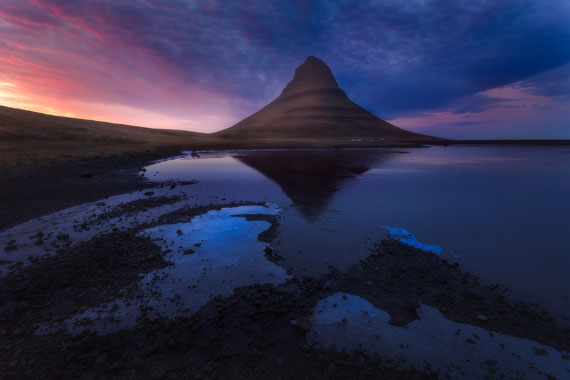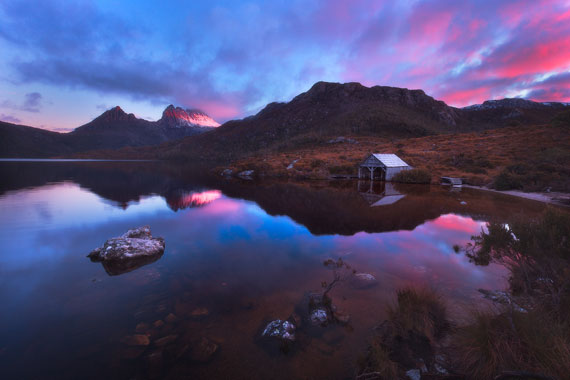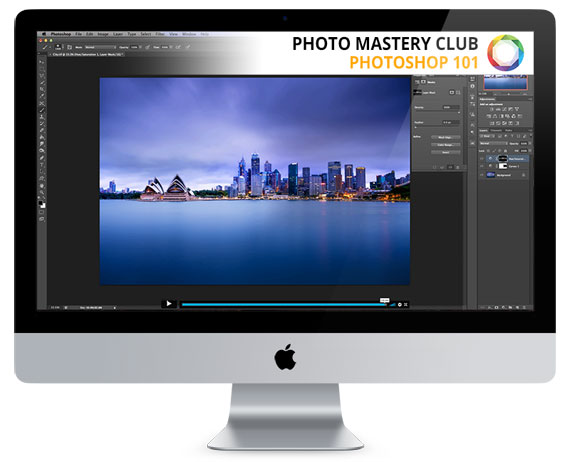Here are 6 composition tips that I’ve often overlooked in the past and have to consciously remind myself of…
But when I do remember, they always improve my photos, so hopefully you find them useful too.
1: Put something in the foreground and something in the background. It sounds very obvious, but it’s shocking how often this one is forgotten.
2: Foreground doesn’t always have to mean “bottom of frame” and background doesn’t always have to mean “top of frame”.
Try dividing your images down the middle, placing foreground and background objects in the left and right of the frame instead of bottom and top.
3: If an object needs to be cut off at the edge of a photo, do it with intent!
If you can’t quite get an object in the frame, resist the temptation to “get as much of it in as you can”.
Cut it off at a place that makes sense. For example, If you shot a mountain and just clipped the top of it off, it’ll probably look better if you crop further in and make it look like it was on purpose.
4: Create a focal point and/or anchor in every image.
Most images need a focal point, somewhere for the eye to go.
So if you’re shooting a big mountain which fills most of the frame, that probably won’t be enough unless there’s something interesting on that mountain.
Try placing an object in the foreground to “anchor” the shot, or maybe accentuate a particular ray of light that’s beaming through the clouds onto a spot on the mountain, giving the eye something to land on.
5: Even without moving your camera, the scene can constantly change.
Especially if you’re shooting long exposures.
Anything that moves whilst your shutter is open (water, clouds, people, animals, vehicles etc.) has the potential to create a different photo every time you click the shutter.
I often use time-blurred rushing water as a compositional element in my seascapes and every wave is different.
6: Remember to try horizontal AND vertical compositions!
Just turning your camera 90 degrees can create a very different look and feel to the result.
Before I set my camera up on it’s tripod, I spend a minute or two hand-held, looking through the viewfinder, flipping between vertical and horizontal constantly to see what looks best.
Ok that’s probably the 6 most common compositional tips I have to constantly remind myself of whenever I’m out shooting.
After you’ve captured your next batch of well-taken, expertly composed shots, the next logical step is figuring out how to get the best out of them in Photoshop.
There are over 6.5 hours of video tutorials included in this course covering all the most important aspects of Photoshop for editing a landscape.
Do you want to discover the most useful parts of Photoshop for landscapes? We were able to arrange an exclusive 50% discount for our readers which ends soon.
Found here: The Photoshop 101 Course at 50% Off
Like This Article?
Don't Miss The Next One!
Join over 100,000 photographers of all experience levels who receive our free photography tips and articles to stay current:








